

In this month's Morbidly Fascinating Page:
Decades and even centuries old bodies...amazingly preserved
IN THE ARCHIVES:
Last Meals
Utrecht Hospital
Dinosaurs to Birds
Ghosts of Alcatraz
Hansen’s Disease
Accidental Photos
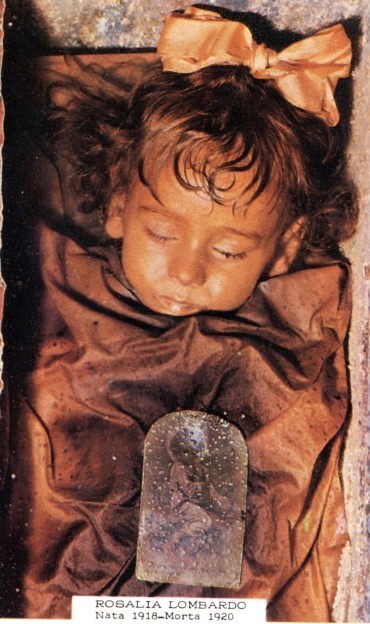
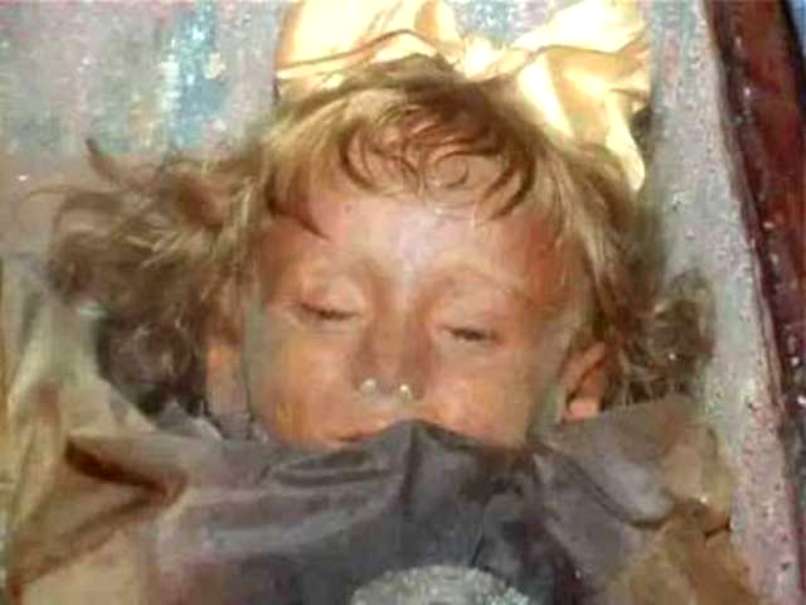
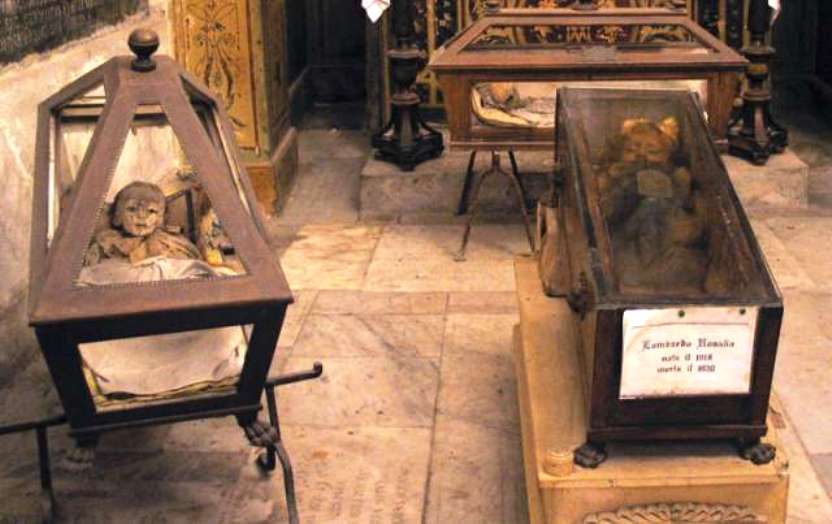
Deep in the Catacombs of the Capuchin Monks in Sicily, inside a tiny glass casket...lies the body of little Rosalia Lombardo.
In 1920, Rosalia Lombardo was only two years old when she died from pneumonia. Little is known about Rosalia's short life, but after her death she was embalmed by Alfredo Salafia, a mortician so skilled that his work not only looks better than much of the embalming performed today, but it wasn't until recently that his actual technique was rediscovered and understood: a mixture of chemicals including formalin, to kill bacteria, zinc salts to petrify the body and its organs, alcohol, salicylic acid and glycerin. The end result was nothing short of extraordinary. The body is so well preserved she came known as "Sleeping Beauty."
MRIs taken just five years ago show that each of Rosalia's tiny organs are still intact, a sign that points all the way back to Egyptian methods of mummification.
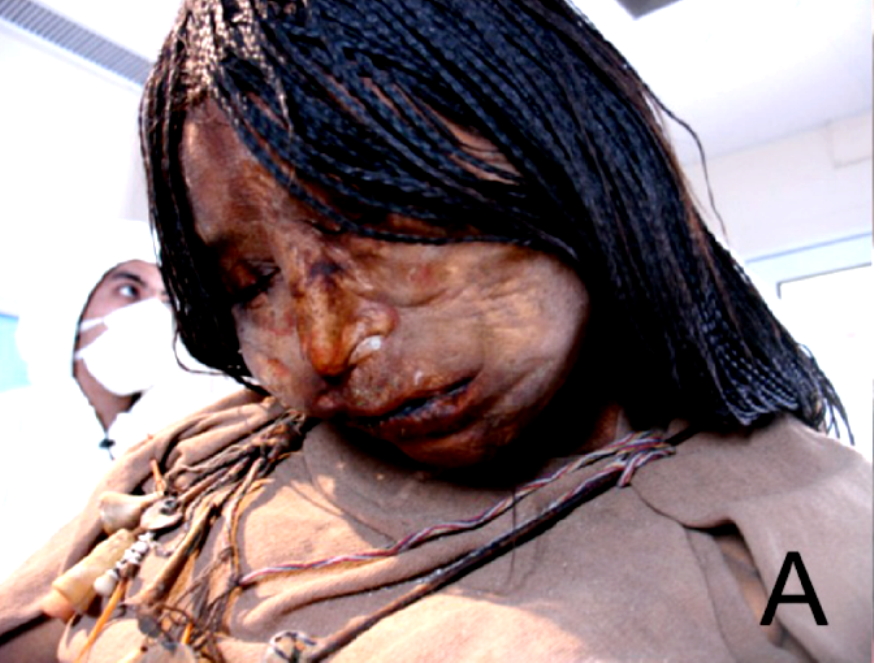
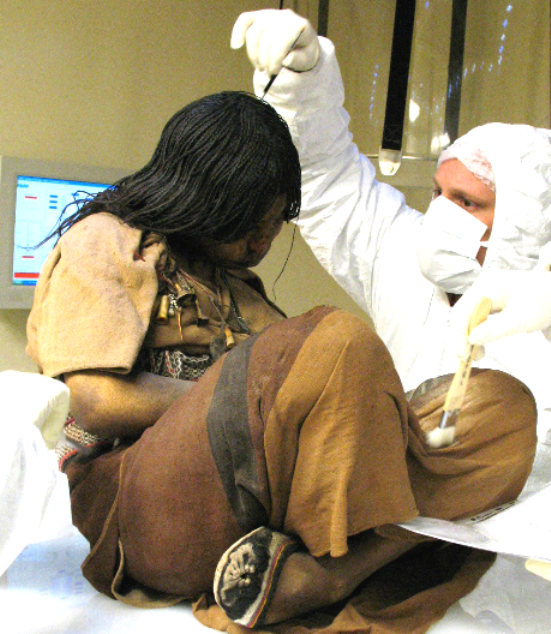
Over 500 years ago, 15-year-old La Doncella and two other children were left to freeze to death by the Inca in a ritual sacrifice. Sitting cross legged high at Mount Llullaillaco, she was drugged with chicha and coca leaves to induce a heavy sleep, and left to die as an offering to the Sun God. In 1999, archaeologists discovered the remains of La Doncella and the two other children.
"La Doncella" translates to "The Maiden." A bacterial infection was discovered in her lungs during an examination. She wore a dress with her hair braided, along with a headdress. DNA testing indicated that the two girls were half sisters, where the boy had no relation. La Doncella had been drugged by coca leaves and a maize beer known as chicha, dying in her sleep, a fate also shared by the other mummies.
It is believed that La Doncella was an aclla, or Sun Virgin. That is, she was chosen and sanctified as a toddler to live with other girls and women who would become royal wives, priestesses, and sacrifices. The practice of ritual sacrifice in the Inca society was to ensure health, rich harvests and preferable weather.
La Doncella remains on display at the Museum of High Altitude Archaeology in Argentina.

Sometimes Mother Nature can preserve a body even better than embalming can. Meet John Torrington, Petty Officer of the fabled Franklin Expedition to the Arctic Circle. He died of lead poisoning in 1845 at age 22 and was buried in the frozen tundra along with three others at the expedition's camp site.
In the 1980s, his grave was exhumed by scientists in an attempt to discover the cause of the expedition's failure. When they opened the coffins and thawed the solid block of ice inside, they were astonished by what was inside. John Torrington stared back at them, literally. Frozen in a block of ice for over 150 years, the body was perfectly preserved. The only sign of decay: the shriving of the eyelids and lips. He still wore the clothes he died in.
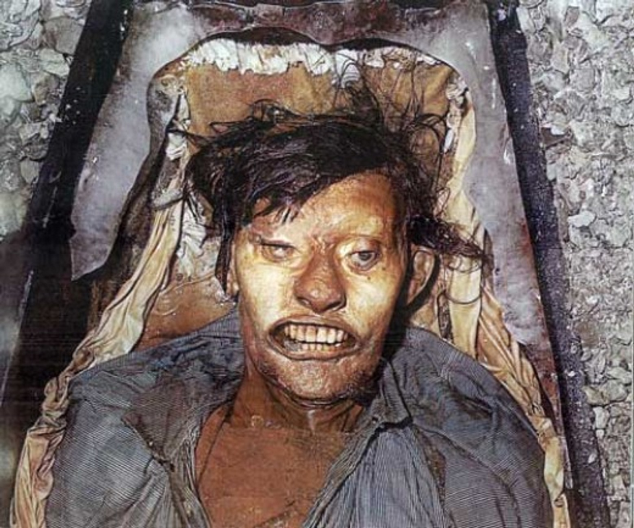
From the very same 1845 Artic Franklin Expedition, John Hartnell, buried alongside Torrington, was also found to be perfectly preserved.

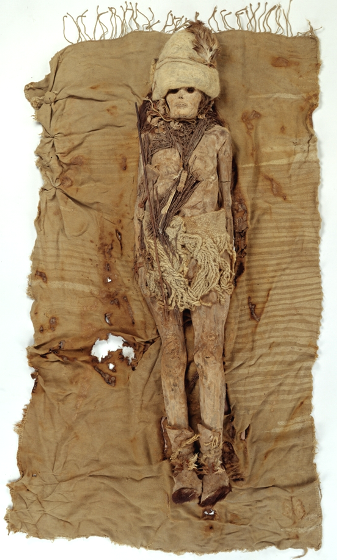
In 2003 archeologists, excavating China's Xiaohe Mudi graveyards, discovered a cache of mummies including one that would become known as the Beauty of Xiaohe. Hair, skin and even eyelashes perfectly preserved, the woman's natural beauty is evident even after four millennia. Her coffin was a wooden boat, filled with small pouches that contained herbs. She was dressed in a felted wool hat, designated her status as a priestess, something rare with women.
The Beauty of Xiaohe lived more than 3,800 years ago. Due to the natural salinity, aridity and freeze-drying properties in the air, Xinjiang has produced some of the best naturally preserved mummies in the world, one of which the Beauty of Xiaohe represents.
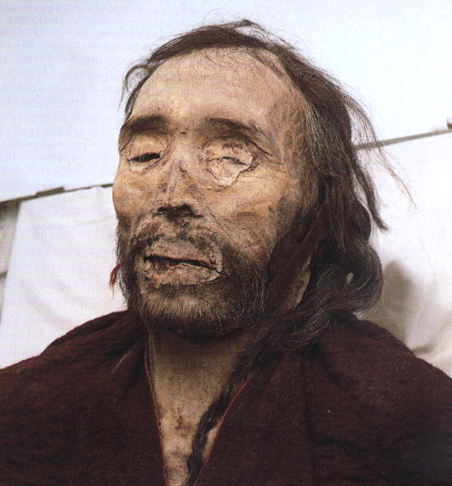
Finding this mummy forced historians to rethink what they knew about the interaction of Eastern and Western Civilizations...for this 3,000-year-old mummy is Caucasian yet he was discovered buried in China. He is one of several hundred mummies that are now known as China's Celtic Mummies. He was found alongside three women and a baby in Turkestan, China. The clothes he was wearing were equally as baffling as the mummy itself. Perfectly preserved, they were made of European wool.
See the mummies at left (and more) HERE
See the National Geographic Bog Mummies HERE
Why preserve a body?

Historically, bodies have been preserved naturally through freezing, cold or dry heat or, in the right climate, through burial in a particular type of soil. Artificially, various methods of embalming or evisceration - removing the organs - have also been used.
Why preserve the dead? It was usually done for religious reasons. In Ancient Egypt, mummification was performed because preserving the body intact was a requirement for resurrection. In Peru, mummies were produced through the drying of bodies from at least the 500s CE, also for religious reasons. During the military religious campaigns that took place between 1095 and 1291 (the Crusades), in which European Christian nations attempted to take the Holy Land (Jerusalem) from the Islamic Empire, many prominent members of the nobility, including King Louis XIX, died far from home. With no means of embalming available, their bodies were disembowelled, soft tissues cut off, bones boiled until they were free of all tissue, and returned to their homeland.
In response to such practices, in 1300 Pope Boniface VIII issued a papal bull (directive) which prohibited the cutting up of the dead for the purpose of transport and burial. This was interpreted as a ban on anatomical dissection by some members of the medical profession - which is why many people believe all dissection was banned by the medieval church.
Since the 1850s embalming has again been used in many countries for funeral purposes. This is normally part of a Christian tradition, where the body is temporarily preserved for viewing.
However, there is another tradition of European embalming, mostly associated with preservation of the dead for anatomical dissection and study. Towards the end of the 1600s techniques were developed in which coloured waxes were injected into organs and tissues to preserve them. This was a difficult and delicate procedure. Medical and anatomical schools preserved organs and bones in order to study differences between them and, by the 1800s, to see if changes in the organs gave a clue to the disease suffered by the individual.
From the late 1800s chemicals such as formaldehyde began to be used to disinfect and preserve human remains. New methods, such as plastination - in which tissues are impregnated with resins - have been developed since the 1920s. These allow bodies to be posed in dramatic postures, as seen in displays such as Body Worlds.
See the entire article HERE